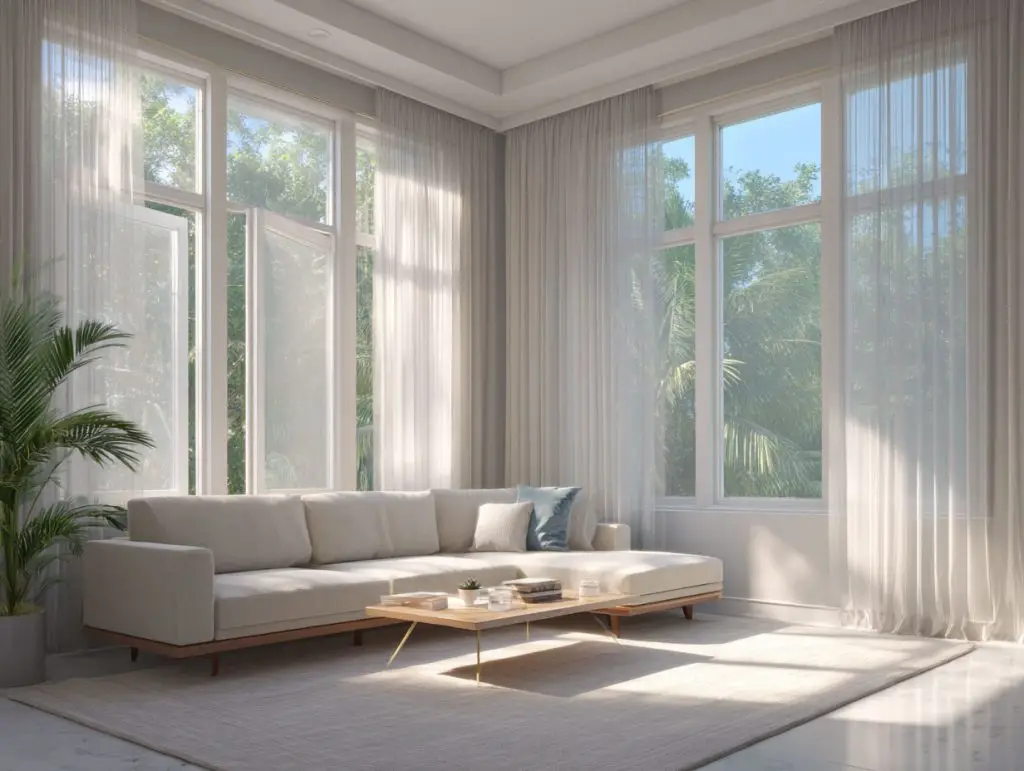
Florida’s beauty comes with a trade-off — humidity. Even after the summer storms fade, the moisture they leave behind lingers in places you don’t expect. Beneath clean-looking surfaces, this hidden humidity slowly damages your home, shortens the life of your furniture, and affects your indoor air quality.
As a cleaning expert, I can tell you: most of the real problems start after the rainy season — when homeowners think the worst is over.
The Moisture That Stays When the Rain Ends
During summer, walls, furniture, and floors constantly absorb moisture from the air. Once outdoor humidity begins to drop in October, this trapped dampness doesn’t vanish; it starts moving — evaporating unevenly and feeding mold spores in dark, still areas.
You may not see it, but the signs are there:
- A faint musty odor near closets or carpets.
- Slight stickiness on tile grout.
- Hazy film on mirrors or windows.
- Air that feels “heavy” even with the AC on.
Each of these small clues points to the same issue: lingering humidity that has turned into a breeding ground for microscopic fungi and bacteria.
The Cost of Ignoring Hidden Moisture
Unchecked humidity doesn’t just make your home smell unpleasant — it leads to material degradation and potential health risks.
- Wood warps and swells, especially in doors, baseboards, and furniture.
- Paint blisters or peels, trapping mold behind the surface.
- Metal fixtures corrode, even indoors.
- Mold spores spread through the air ducts and settle inside fabrics.
By the time the damage becomes visible, it’s often too late for simple cleaning — restoration may be needed.
Areas Most Affected in Florida Homes
- Closets and storage rooms — warm and poorly ventilated.
- Bathrooms and laundry spaces — constant exposure to steam.
- Bedrooms with carpeting — absorb moisture and odors quickly.
- Air conditioning vents and ducts — condensation zones for hidden mold.
These spaces need special attention during Florida’s “transition months,” when humidity outside decreases but remains high inside.
How to Combat Post-Summer Humidity
- Deep clean soft surfaces: fabrics, upholstery, and curtains trap moisture.
- Dehumidify smartly: run a dehumidifier in closed rooms for a few days each week.
- Check under furniture: moisture often collects where airflow is minimal.
- Service your AC system: clean filters and coils to prevent recirculation of damp air.
- Schedule a professional inspection: experts can identify early mold growth before it becomes visible.
October is the perfect time for this — humidity levels are dropping, and professional cleaning is most effective before winter closes your home for longer periods.
Don’t Let the Season Fool You
Just because the sun is shining again doesn’t mean your home is dry. Florida’s post-summer humidity hides quietly behind clean walls and under floors. Treat it now, and you’ll avoid the smell, stains, and health problems that follow later.
Because what you can’t see in October might become a visible problem by December.
Read also: Goodbye Summer, Hello Mold: Why October Is Florida’s Deep-Clean Month


